Introduction to OpenAI
Vision
Limitations Challenges and Ethical Considerations
In this article, we explore the key limitations, technical challenges, and ethical considerations surrounding OpenAI’s DALL·E, CLIP, and general vision models. While these vision–language systems have propelled AI-driven image understanding and synthesis, they still contend with issues of scalability, bias, interpretability, and real-world robustness.
DALL·E
DALL·E transforms textual prompts into high-quality visuals, yet it faces several hurdles:
1. Prompt Clarity and Specificity
The fidelity of DALL·E’s outputs hinges on well-defined prompts. Vague descriptions often generate unpredictable or irrelevant images.
- Vague prompt: “a futuristic car” → Highly variable designs
- Detailed prompt: “a sleek, silver, futuristic car with neon blue highlights” → Still subject to inconsistency
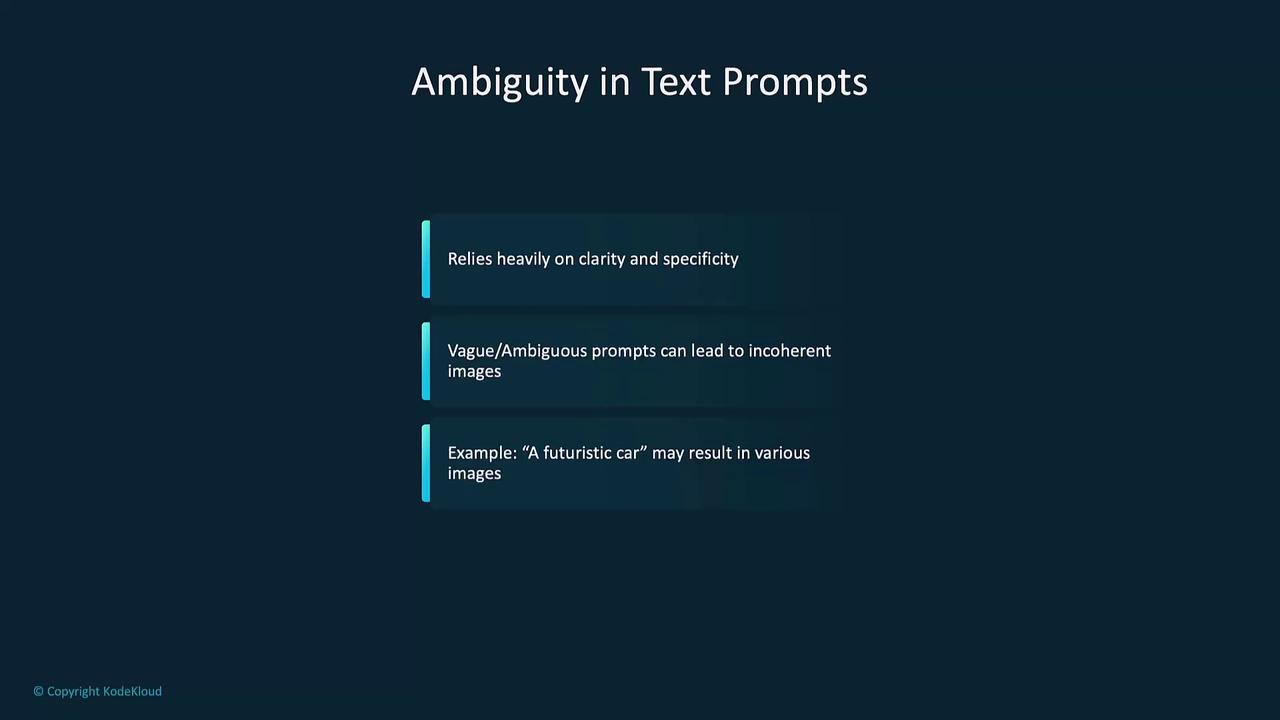
Tip
Include color, style, setting, and mood in your prompt to improve image consistency.
2. Limited Understanding of Complex Scenes
When prompts demand multiple interacting elements, DALL·E can misplace objects or distort spatial relationships.
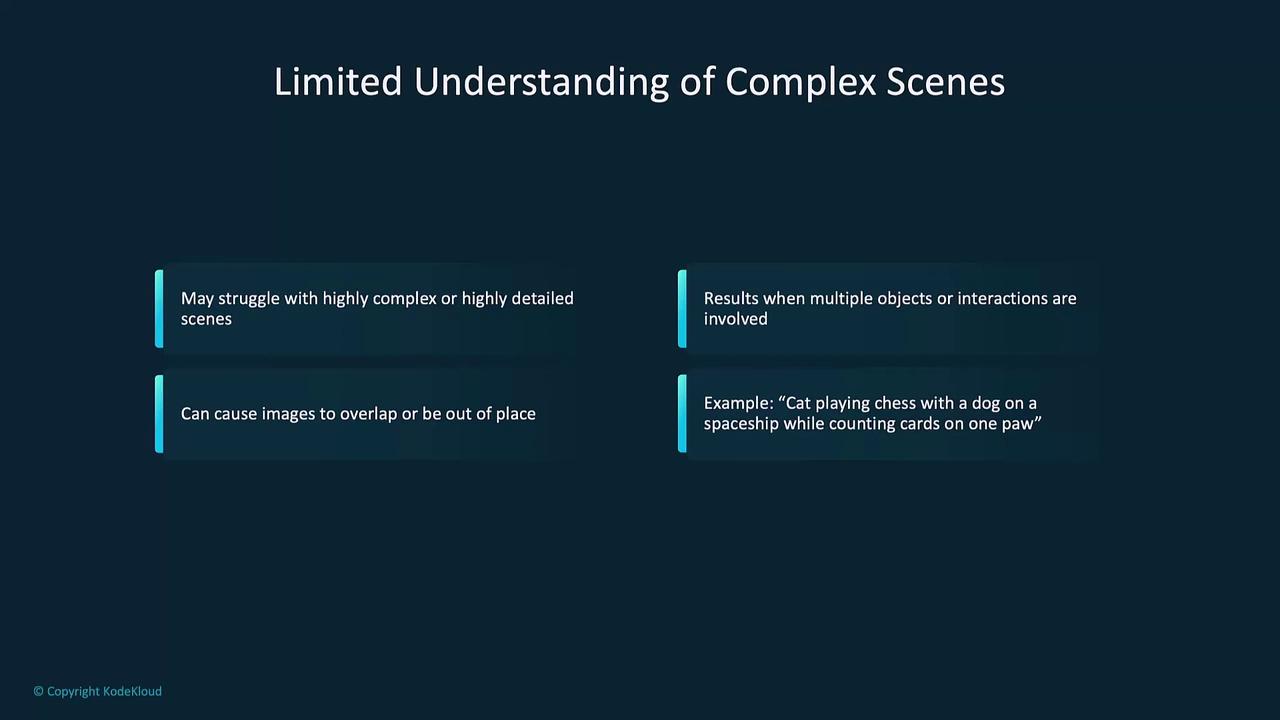
3. Risks of Deepfakes and Misinformation
Photorealistic outputs can be weaponized for deception, political manipulation, or harmful disinformation campaigns.
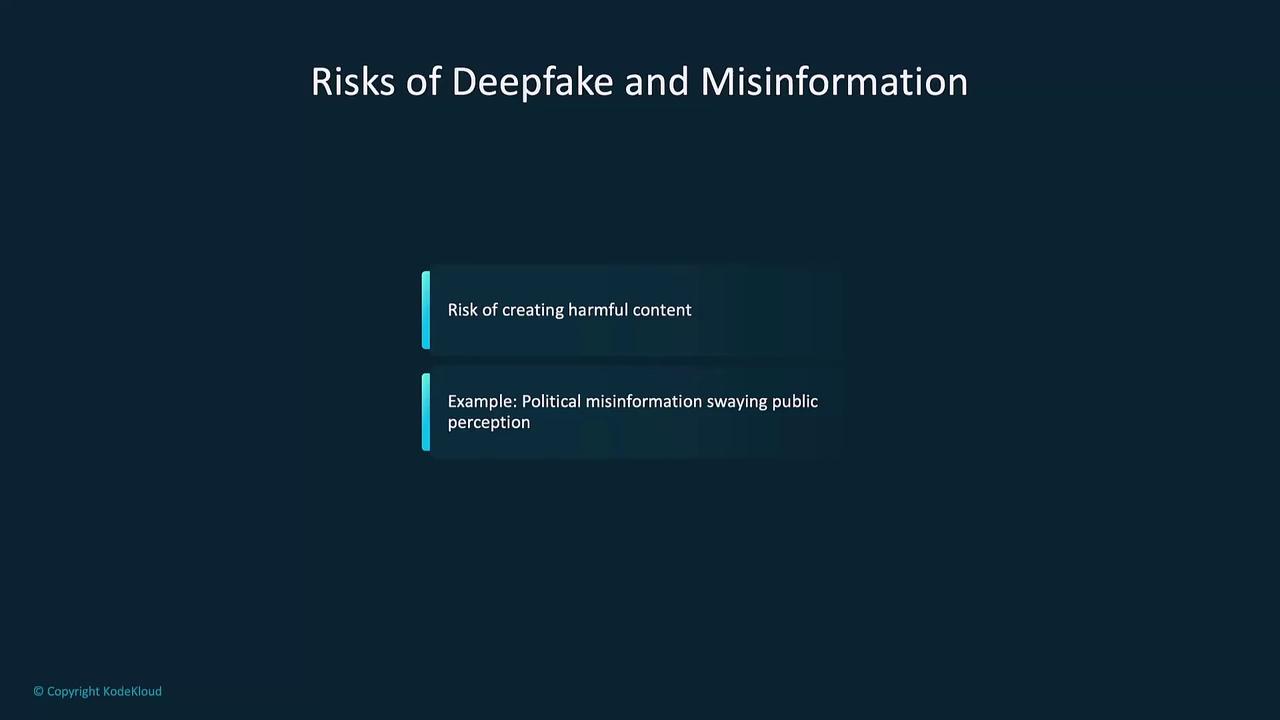
Warning
Generated deepfakes can undermine trust and spread false narratives. Always verify image provenance.
4. Bias and Stereotyping
Training on internet-scraped data induces biases—gender, race, cultural stereotypes—that propagate into generated imagery.
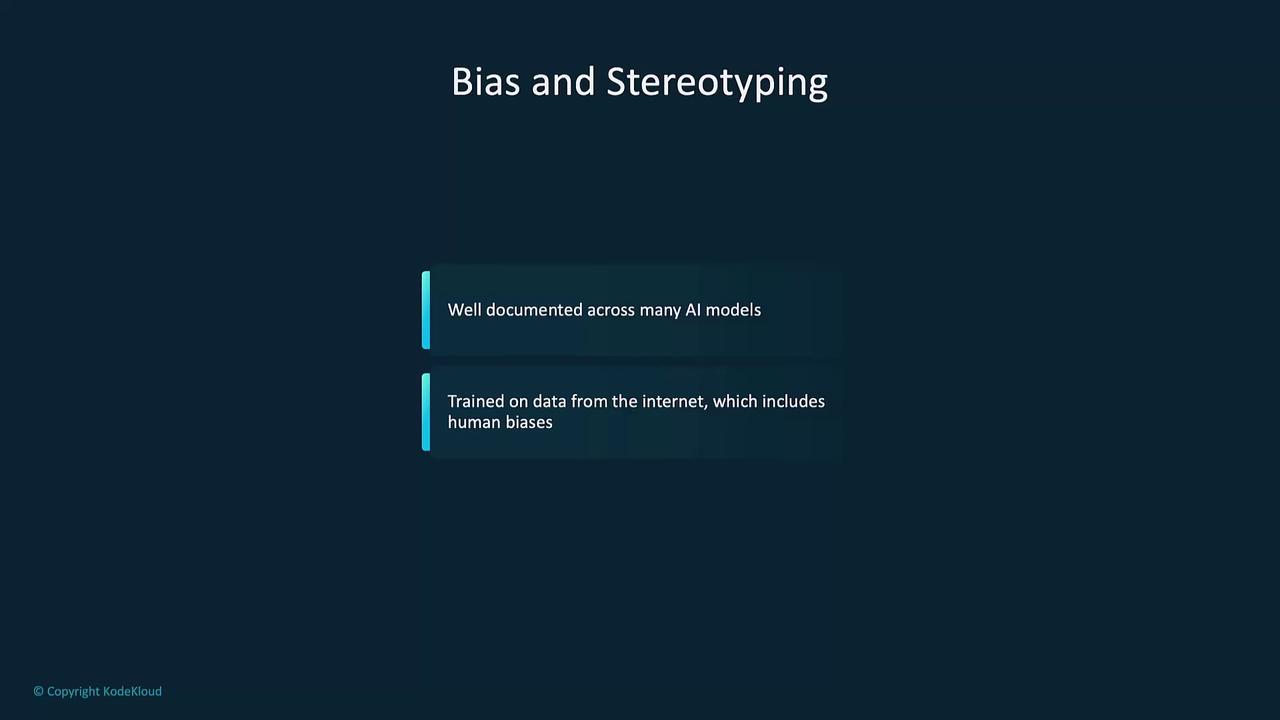
5. Copyright and Intellectual Property Concerns
Because DALL·E’s dataset may include copyrighted works, questions emerge about ownership and legal use of synthesized images.
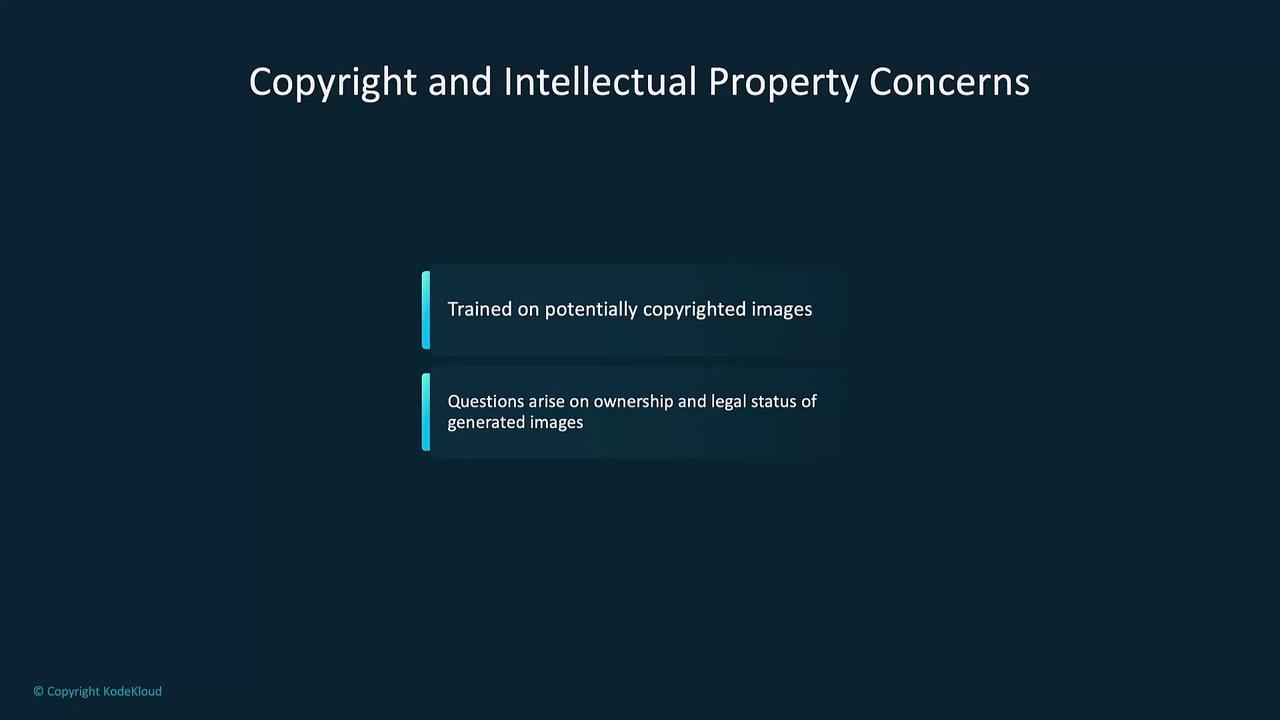
Warning
Before commercial use, review licensing and rights for any AI-generated content.
CLIP
CLIP bridges vision and language by learning from millions of image–text pairs, but it shares some of DALL·E’s challenges:
1. Training Data Bias
Historical and cultural biases in the web corpus skew CLIP’s associations.
- Query: “a person in a lab coat” → Higher probability of male figures
2. Difficulty Handling Ambiguity
General-purpose models struggle when prompts allow multiple interpretations.
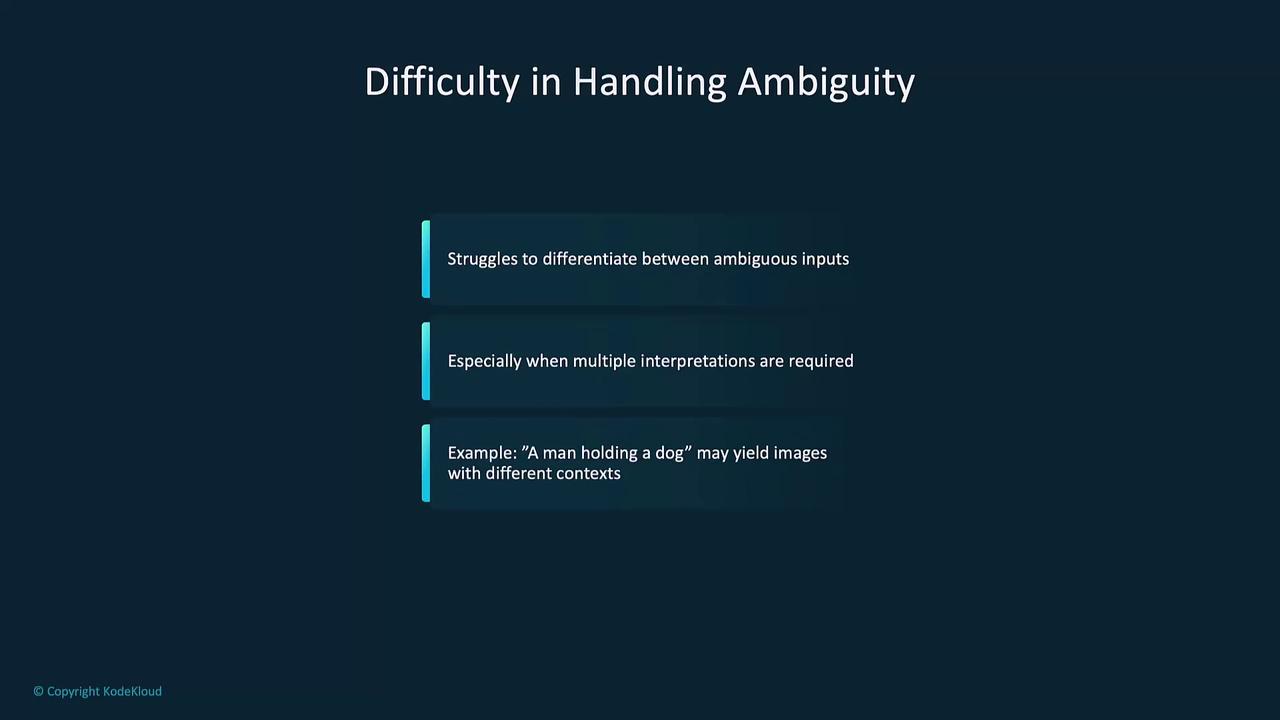
3. Resource-Intensive Training
High-performance GPUs/TPUs and vast datasets are mandatory for robust generalization.
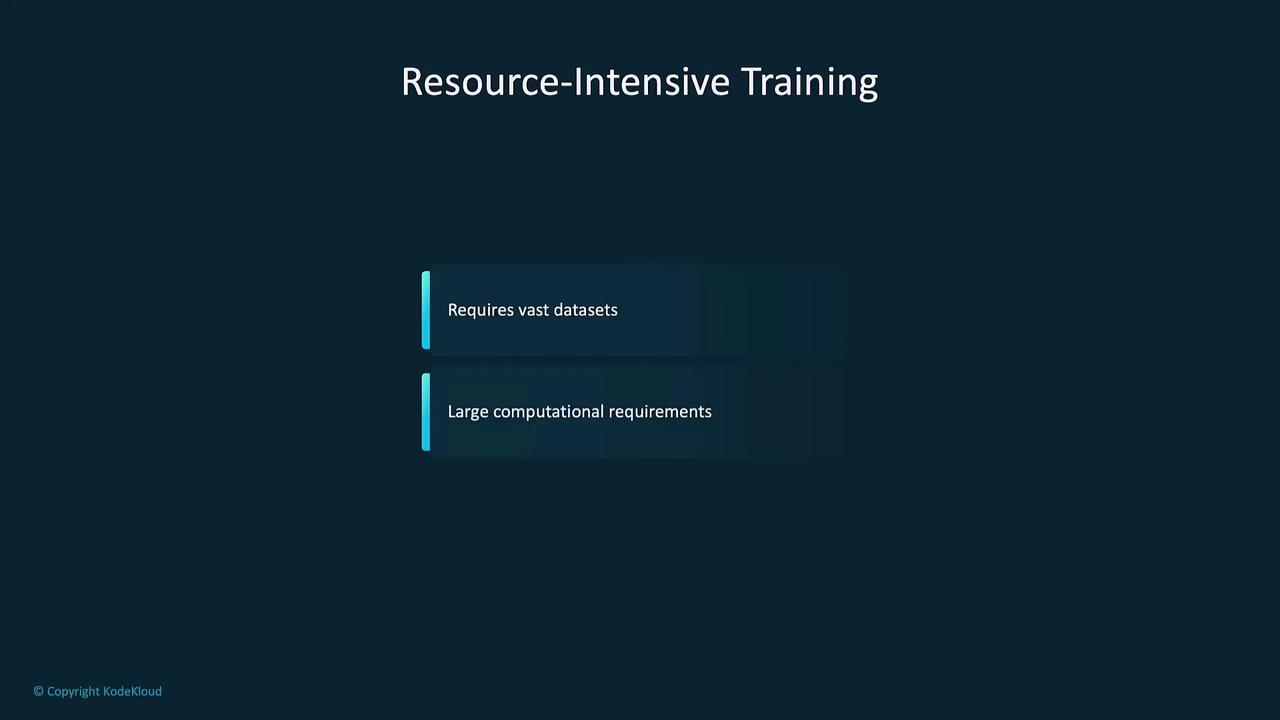
Vision Models
General-purpose vision models (e.g., object detectors, classifiers) encounter distinct operational challenges:
1. Sensitivity to Environmental Changes
Lighting, occlusion, and angle variations cause misclassifications, especially in safety-critical applications.
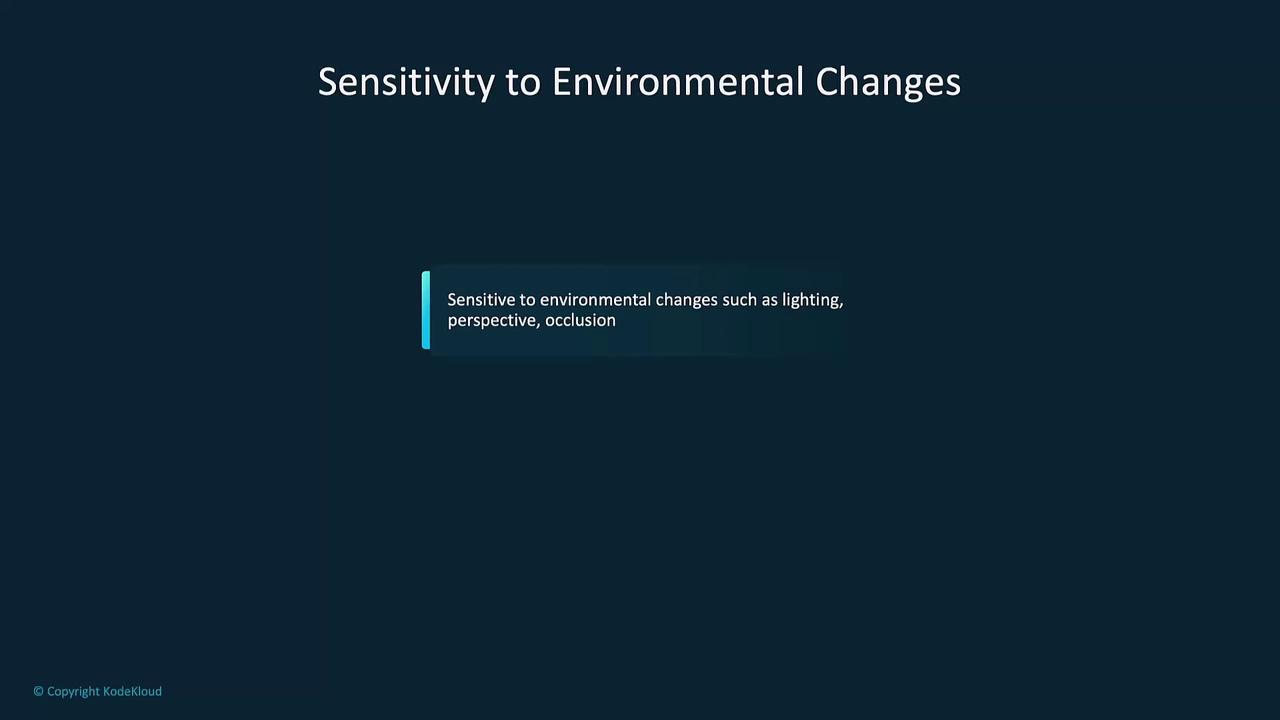
2. Overfitting to Specific Datasets
Models often perform well on curated training sets but degrade on real-world or noisy inputs.

Comparative Overview
| Model | Major Limitation | Real-World Example |
|---|---|---|
| DALL·E | Requires precise, unambiguous prompts | “futuristic car” yields inconsistent designs |
| CLIP | Computationally intensive | Training on petabytes of image–text pairs |
| Vision | Environment sensitivity | Traffic signs obscured by snow or poor lighting |
Links and References
Watch Video
Watch video content